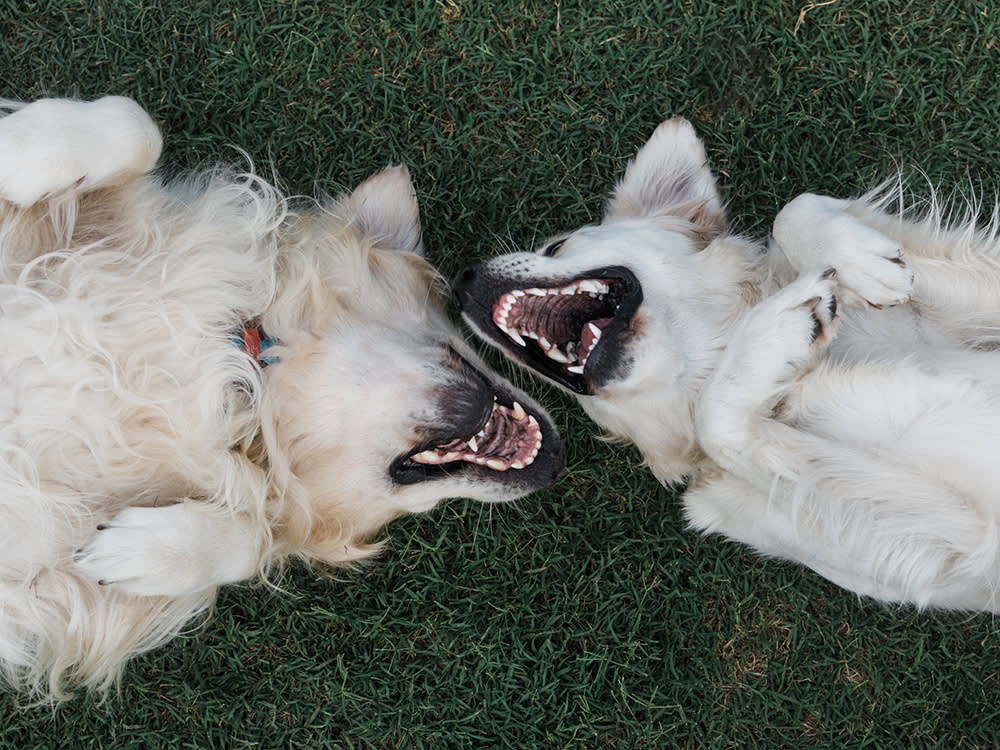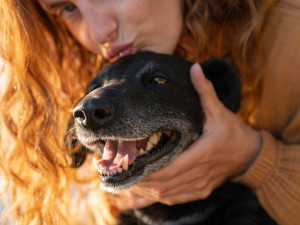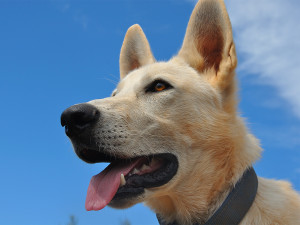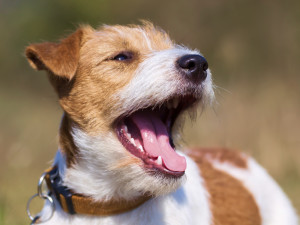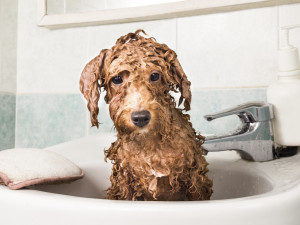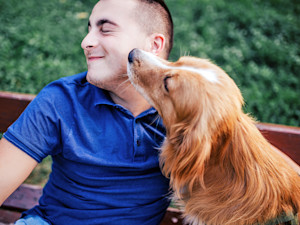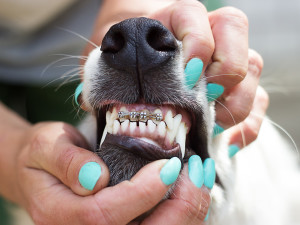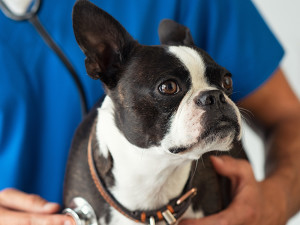80% of Dogs Have a Dental Disease — Does Yours?
Here are four common dental problems your pup might face and how to treat them.
Here’s a question: Do you know where your dog’s toothbrush is? If not, put one on your list of things to pick up the next time you’re out, along with a tube of made-for-dogs toothpaste (human toothpaste is toxic to dogs) or even just baking soda.
According to w idely distributed informationopens in new tab from the American Veterinary Dental Society, roughly 80 percent of all dogs over the age of three have some degree of dental disease. There are a lot of pups suffering from preventable pain. Left unchecked, oral bacteria can enter your dog’s bloodstream and cause damage to their heart, liver, kidneys, and lungs. Below, learn about some of the most common dental problems in dogs and how you can help prevent and treat them.
Save on the litter with color-changing tech that helps you better care for your cat.
Dental disease in dogs
Periodontal disease
Periodontal disease (gum disease) is the most commonly occurring disease in dogs and cats. The bacteria on the teeth form an off-white, sticky layer called dental plaque. If the plaque isn’t removed, it hardens to form tartar (a brown, rough deposit on the teeth) within days. The bacteria within plaque and tartar attack the gums and cause inflammation of the gum tissue. Plaque damages the gum tissues and then the other structures which attach the teeth (such as ligaments and bone). This is a painful process and if left untreated, the tooth will become loose and eventually “fall out.” Dogs are stoic animals and they hide pain well; providing an oral care regime at home and having your pet’s mouth checked regularly
by your vet or vet nurse can help to prevent this condition.
Plaque
Plaque is a soft biofilm that contains bacteria and toxins. Plaque accumulates on the surface of dog teeth within hours after dental cleaning; if it mineralizes, tartar (calculus) forms.
Gingivitis
Gingivitis in dogs is the reversible form of periodontal disease, affecting only gingiva (the gums). As inflammation continues, the gum detaches from the dog’s tooth, creating a pocket. Toxins from plaque bacteria and enzymes from inflammatory cells cause further destruction of periodontal tissues.
Periodontitis
Periodontitis is the more severe form of periodontal disease in dogs. It results in attachment loss, gingival recession, and loss of alveolar bone, which loosen the tooth and puts it at risk of falling out. In dogs with multi-rooted teeth, the furcation between two roots becomes exposed. Bacteria, toxins, and inflammatory mediators may also be released into the bloodstream, allowing them to travel throughout the body and cause harm to important organ systems.
Dental diseases and small-breed dogs
No matter how big or small your dog is, they have 42 teeth. If they’re one of the toy or short-nosed breeds, those teeth are likely to be crowded, which means greater potential for developing dental problems.
Dental treatment options
Your dog should generally have an annual oral examination performed by a veterinary health care professional. The amount of dental deposits (plaque and tartar) and the condition of the gingiva (color, texture, and shape) will dictate the need for placing your pet under anesthesia to have dental scaling and periodontal therapy performed.
Although anesthesia will never be 100 percent risk-free, modern anesthetic and patient-evaluation techniques minimize the risks, and millions of dentistry and oral surgery procedures are safely performed each year.
Anesthesia-free dental cleaning is also an option, though it too is best performed in the vet’s office. But there is much more pain with this procedure, and it’s not one we recommend.
Preventing dental disease in dogs
Daily brushing is one of the easiest things you can do to protect your dog’s overall health. Most plaque buildup occurs on the cheek side of your dog’s teeth, so when brushing, concentrate your efforts there. Granted, few dogs will step up to the bathroom sink and let you give their teeth a good scrubbing, but patience and a few positive-reinforcement techniques while brushing can help your dog be more cooperative.
Use oral hygiene aids.
While an effective home oral hygiene program consists of daily tooth brushing, you can also use other oral health care products (for example, rinses/gels, chew toys, dental treats) to get a little more help. Opt for products that have been approved by the Veterinary Oral Health Councilopens in new tab, a world-wide organization of veterinary dental professionals who research the claims and efficacy of pet dental products.
Brush with toothpaste.
When oral hygiene is less than optimal, plaque can mineralize within two to three days, forming tartar that resists being easily brushed off. All you need is a soft-bristled and appropriately sized toothbrush, dog-specific toothpaste, some patience, and one minute each day.
Toys can help, too.
Certain toys and treats can be used in combination with daily toothbrushing. It’s important that anything you give your dog to eat or play with isn’t too hard. The enamel on dog’s teeth is much thinner than human enamel and alongside the powerful bite-force of their jaw they can easily damage their teeth. The general guide is that if you wince at the thought of biting down on something then it is too hard for your dog to have. Tennis balls are a real favourite for many dogs, however, the fibres on the ball are very abrasive and are known to wear away the enamel of the teeth for dogs who regularly play with them.
Your vet can help.
When your dog goes in for their annual examination, your vet will check out their teeth and gums and may recommend a thorough cleaning, which requires anesthesia. Vet nurses will often offer oral health checks twice a year to help you maintain a good healthy mouth for your dog.
Once your dog is trained for toothbrushing, it takes just a couple of minutes a day and taking care of their oral health makes for a happy, healthy best friend.
